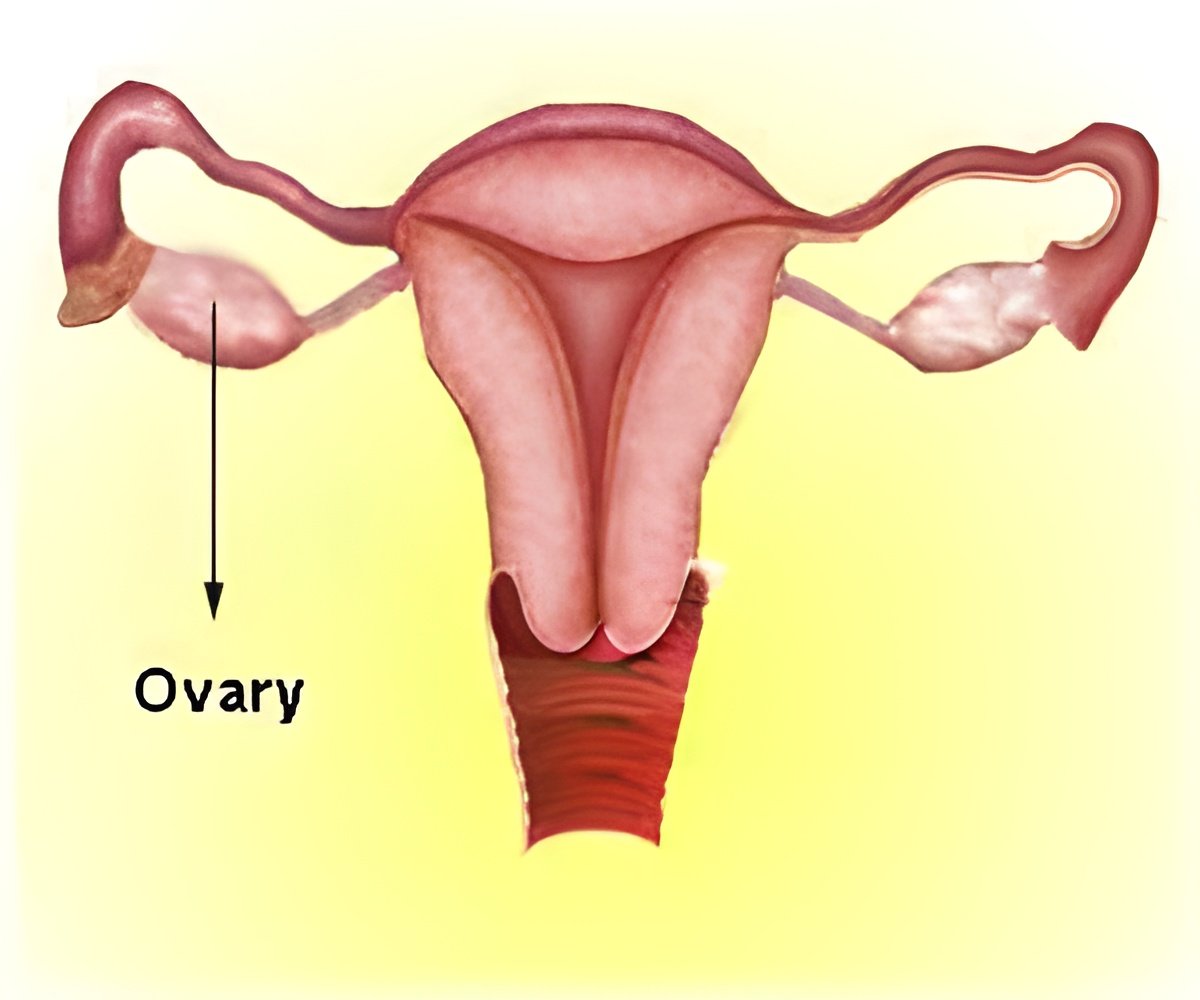
Serous ovarian cancer, the most common form of ovarian cancer, is a particularly lethal cancer because it is usually only detected at a late stage in its progression, after the cancer has spread to other tissues. The Stanford team of Julia Salzman, Robert J. Marinelli, Peter Wang and Brown identified a recurrent gene fusion between ESRRA, a gene related to the estrogen receptor, and a nearby gene called C11orf20, in about 15% of serous ovarian cancer cases tested. This very specific genetic change might provide a marker for detection of some cancers at a curable stage. The fact that ovarian tumors in many patients share the same genetic change suggests it may be important for the way they behave. "More study will reveal if this gene fusion contributes to the tumor's aggressive growth and spread" said Brown.
The research leading to the discovery was performed at Stanford University School of Medicine and combined a relatively new technology—"deep sequencing"—with tools from genetics, computer science and statistics. The researchers were specifically looking for evidence that the tumor had rearranged its DNA so that two distinct genes were now fused together in the tumor. Julia Salzman explained, "Many groups have hoped to find recurrent gene fusions in different cancers using deep sequencing, but it has been proved more difficult than expected. Doing the experiment to obtain the data is just the beginning—analyzing the data poses significant challenges. We spent months designing computer and statistical algorithms to sort out signal from noise". Then, the challenge was to establish whether the finding was more than a fluke. Collaborators in the Canary network at the Fred Hutchinson Cancer Research Center in Seattle and the British Columbia Cancer Research Agency in Victoria, BC independently confirmed the presence of the gene fusion in multiple ovarian cancers.
Finding that ESRRA and C11orf20 are fused together may give insight into what happens as ovarian cancers develop, and gives researchers a target to study. It also serves as a proof of principle that deep sequencing of the genes expressed in cancer can uncover recurrent gene fusions. By using similar methods, future studies are in process that will test whether additional important genes can be found in ovarian tumors. The work also has broader potential: millions of dollars have been spent by the NIH, universities and other organizations on deep sequencing of tumors. Because much of the resulting data is public, essentially anyone can apply new methods to analyze it. Brown said that the work is continuing: "We are testing our algorithms on publicly available data and hope it might lead to more discoveries."
Source-Eurekalert













